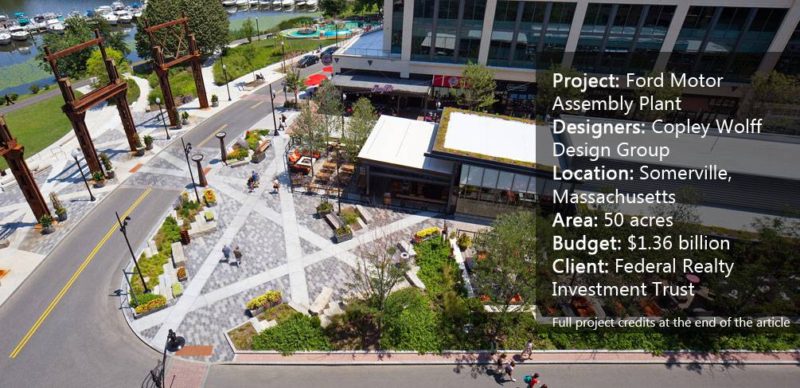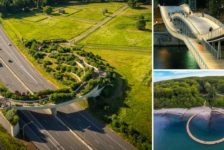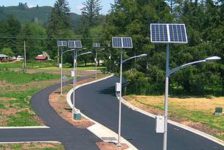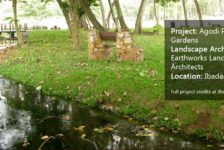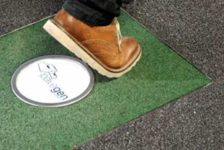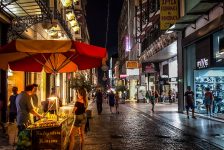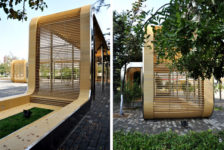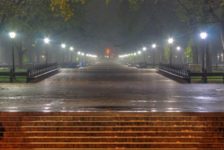Ford Motor Assembly Plant, by Copley Wolff Design Group, in Somerville, Massachusetts. The reuse of existing infrastructure appears very often in contemporary architectural design. Experts are asked to preserve and at the same time modify buildings and landscape sites in order to serve contemporary needs. The balance between evoking the memory and creating a functional and inspiring project is always difficult. Ford Motor Assembly Plant in Somerville, Massachusetts, is an example of how to make a successful transition from a production unit complex to a contemporary, vibrant neighborhood. The plant had been closed since 1958 due to the economic recession. It reopened in 2006 as a 24-hour, mixed-use district, with residential, retail, office, cinema, restaurant, hotel, and recreational open space uses.
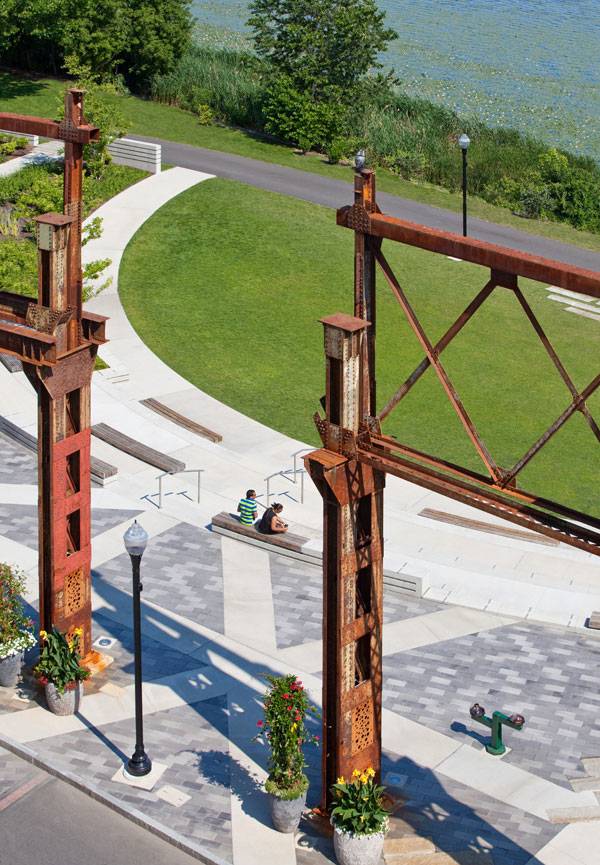
The Ford Motor Assembly Plant. Photo credit: Anthony Crisafulli
Project Progress
The redevelopment’s first phase has already been constructed. It includes accesses toward the complex, streetscape design, two pocket parks, and a six-acre waterfront park. Phase 2 includes the design of streetscapes, a linear park, and the surroundings of the new residential blocks. The design of the next phase is currently under development.
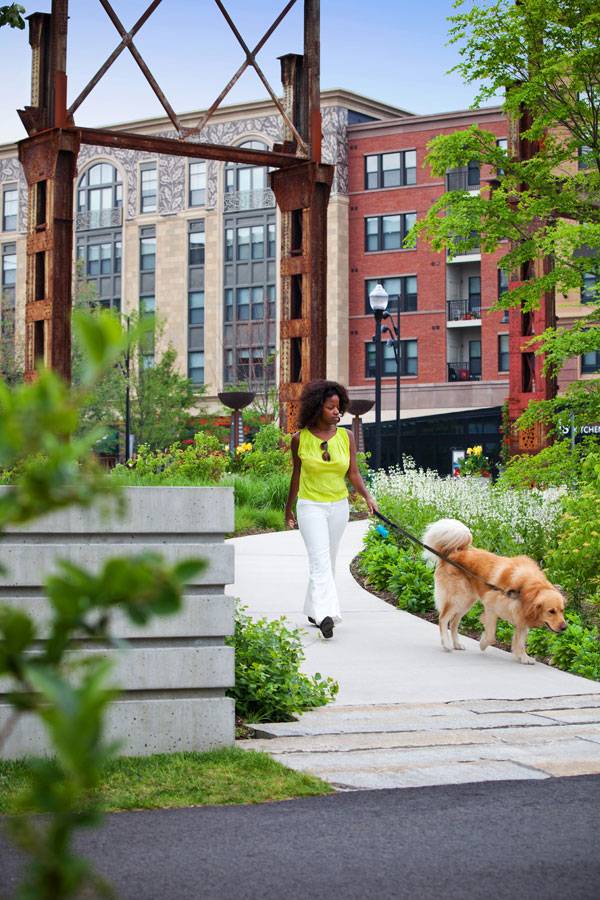
The Ford Motor Assembly Plant. Photo credit: Anthony Crisafulli
Site Uses and Activities
The design team has paid special attention to creating a pedestrian-friendly environment. There is a variety of facilities for the convenience of both residents and visitors. Sitting areas, playgrounds, an amphitheater, a new community dock, and walking and cycling routes have been included in the master plan. See More Related Articles:
- The Amazing Zhangjiagang Town River Reconstruction
- Extraordinary Development Re-connects City With The River Bank
- Turenscape Design Outstanding River Park
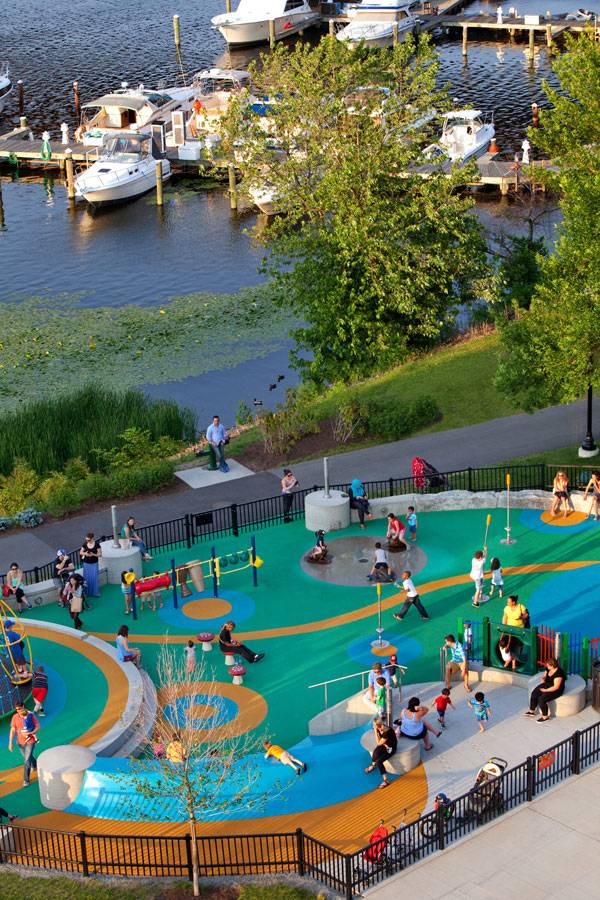
The Ford Motor Assembly Plant. Photo credit: Anthony Crisafulli
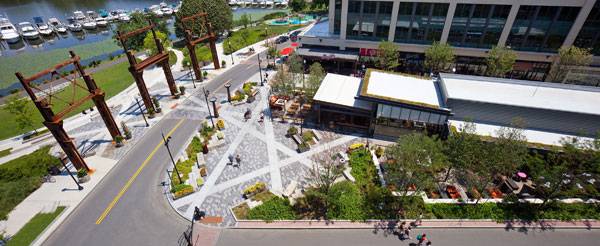
The Ford Motor Assembly Plant. Photo credit: Anthony Crisafulli
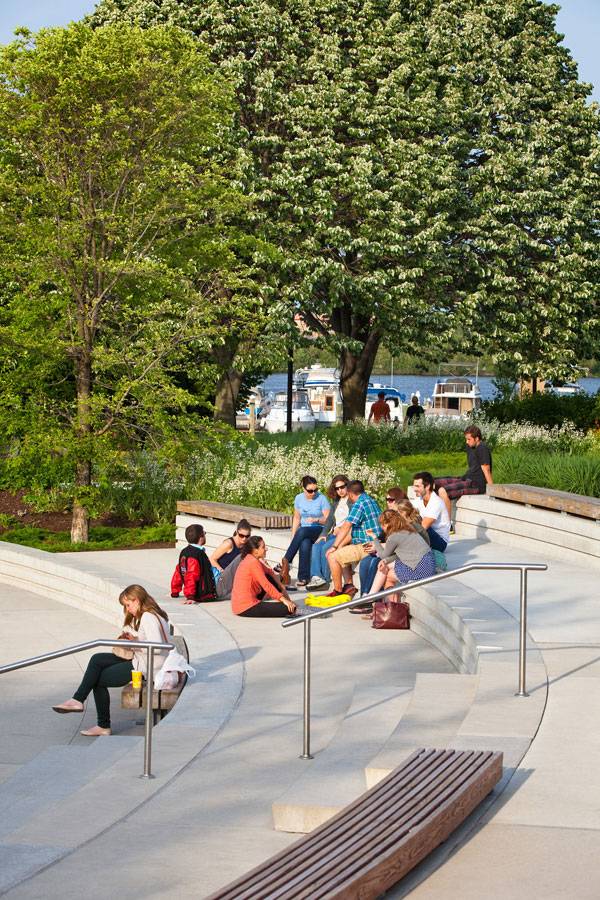
The Ford Motor Assembly Plant. Photo credit: Anthony Crisafulli
Memory Preservation
Key elements of the initial plant infrastructure have been maintained and integrated into the new master plan. The pre-existing large, steel trusses remain along the new amphitheater to preserve the memory of the anterior site’s function.
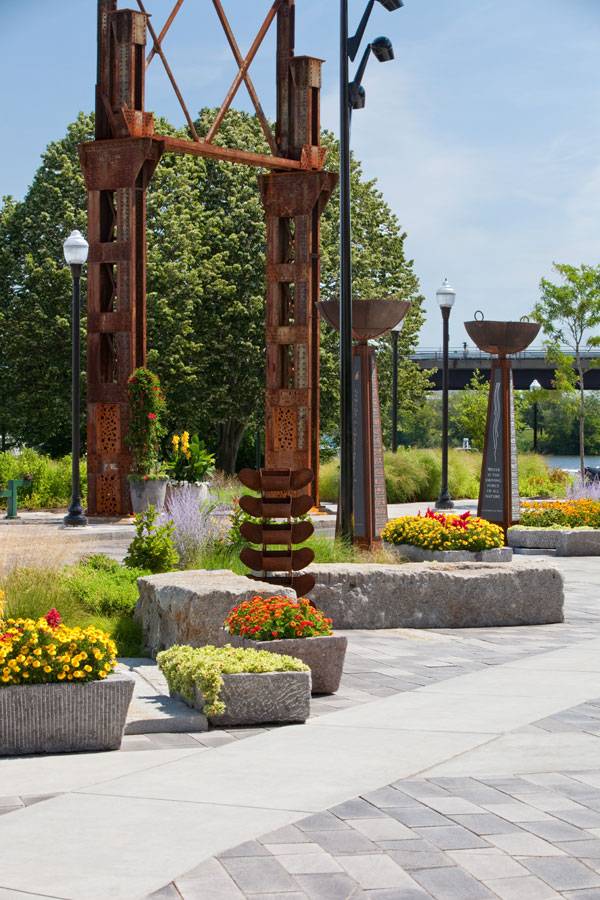
The Ford Motor Assembly Plant. Photo credit: Anthony Crisafulli
Planting Scheme
A landscape project is largely defined by its planting scheme. Scale, color, and seasonal variation create atmosphere and enhance the spatial experience. There appears to be a large variety of trees and shrubs of various sizes on the planted surfaces of the redeveloped Assembly Plant. There are extended spaces of lawn that allow for numerous social activities. Planting pots have also been used to enhance the vegetation of the open spaces. The Ford Motor Assembly Plant has been meticulously designed in each and every parameter one could think of. The use of portable planting pots of various sizes and styles contradicts the purely functional character of the pre-existing elements. One could argue that this might be the design intention: controversial elements to underline the site’s development and its course in time.
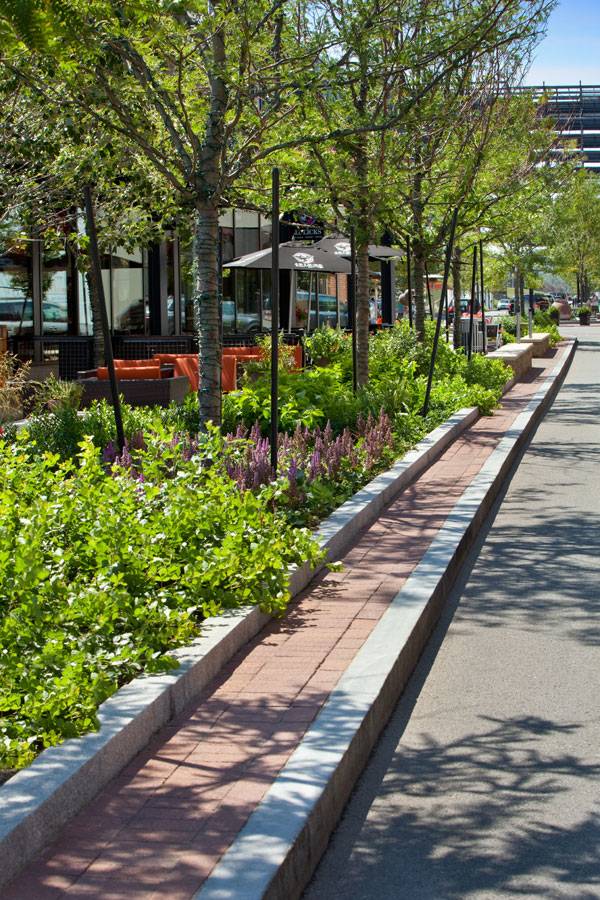
The Ford Motor Assembly Plant. Photo credit: Anthony Crisafulli
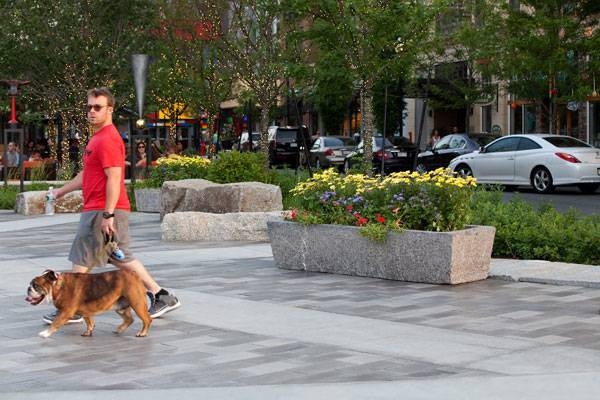
The Ford Motor Assembly Plant. Photo credit: Anthony Crisafulli
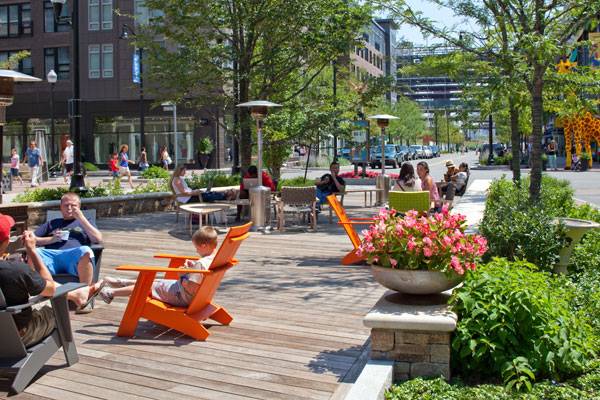
The Ford Motor Assembly Plant. Photo credit: Anthony Crisafulli
Redeveloping Sites: A Complicated Scheme
A landscape architect’s scope of work has always been about transformation. Usually, one has to cope with transforming natural processes and adapting to the parameters imposed by nature. Projects such as the Ford Motor Assembly Plant take our work a few steps further.

The Ford Motor Assembly Plant. Photo credit: Anthony Crisafulli

The Ford Motor Assembly Plant. Photo credit: Anthony Crisafulli
Full Project Credits For The Ford Motor Assembly Plant
Project Review: Ford Motor Assembly Plant Project Name: Ford Motor Assembly Plant Designers: Copley Wolff Design Group Location: Somerville, Massachusetts Area: 50 acres Date of Completion (Phase 1): 2006 Construction Duration: 2006-present Budget: $1.36 billion Client: Federal Realty Investment Trust Website: www.copley-wolff.com Facebook: www.facebook.com/Copley-Wolff-Design-Group Twitter: www.twitter.com/CopleyWolff LinkedIN: www.linkedin.com/company Pinterest: www.pinterest.com/cwdglandscape Recommended Reading:
- Urban Design by Alex Krieger
- The Urban Design Handbook: Techniques and Working Methods (Second Edition) by Urban Design Associates
Article by Eleni Tsirintani Return to Homepage
Published in Blog


